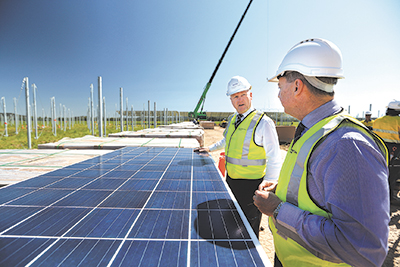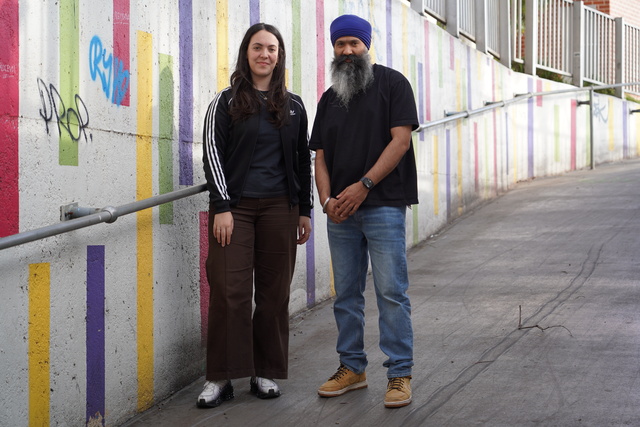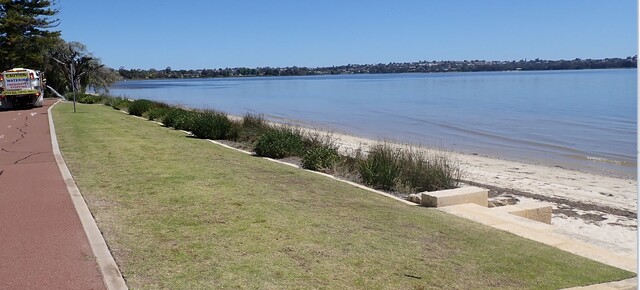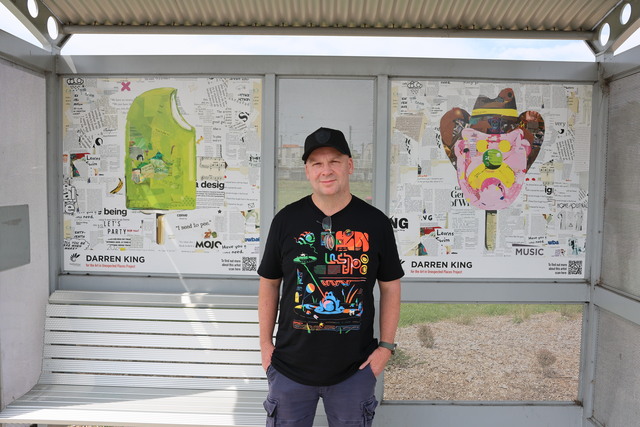Sunshine Coast Council is taking control of its own electricity supply with construction of its purpose built solar farm on track to open in 2017.
The Sunshine Coast Solar Farm will be the largest in South-East Queensland – producing more than 100 per cent of Council’s total energy needs.
Sunshine Coast Council’s Development and Innovation Portfolio Councillor Steve Robinson said construction was progressing to plan and the next phase had already begun.
“Once operational mid 2017, Sunshine Coast Council will become the first local government to build and operate a utility scale solar farm in Australia – that’s really something to be proud of.
“This is a major milestone for clean technologies on the Sunshine Coast – not only will it decrease our carbon footprint, but it will deliver $22 million in savings, after costs, for our ratepayers over the next 30 years.
“This council is striving to become Australia’s most sustainable region and our solar farm at Valdora is part of a grand plan to achieve that vision.
“Our contractors are now working on the switch yard and electrics, to make sure the 57,000 panels are ready for operation.
“When the 15 megawatt (MV) solar farm is complete, Sunshine Coast Council will become Australia’s first local government to offset 100 per cent of its electricity consumption from clean energy, across all its facilities and operations.
“This includes all administration buildings, aquatic centres, community and performance venues, as well as holiday parks, libraries, art galleries and sporting facilities.
“Council is proactively taking control of its electricity supply to combat rising electricity costs, which are, on average, 14 per cent higher in Queensland compared to last financial year.
“At its peak, the solar farm will generate 15,000 kilowatts of electricity, which will go straight into the Energex network. The electricity generated over one year will be enough to power about 5000 homes.
“This will complement the Sunshine Coast’s 40,000 solar rooftops and contribute to the reduction of Australia’s carbon emissions.”








